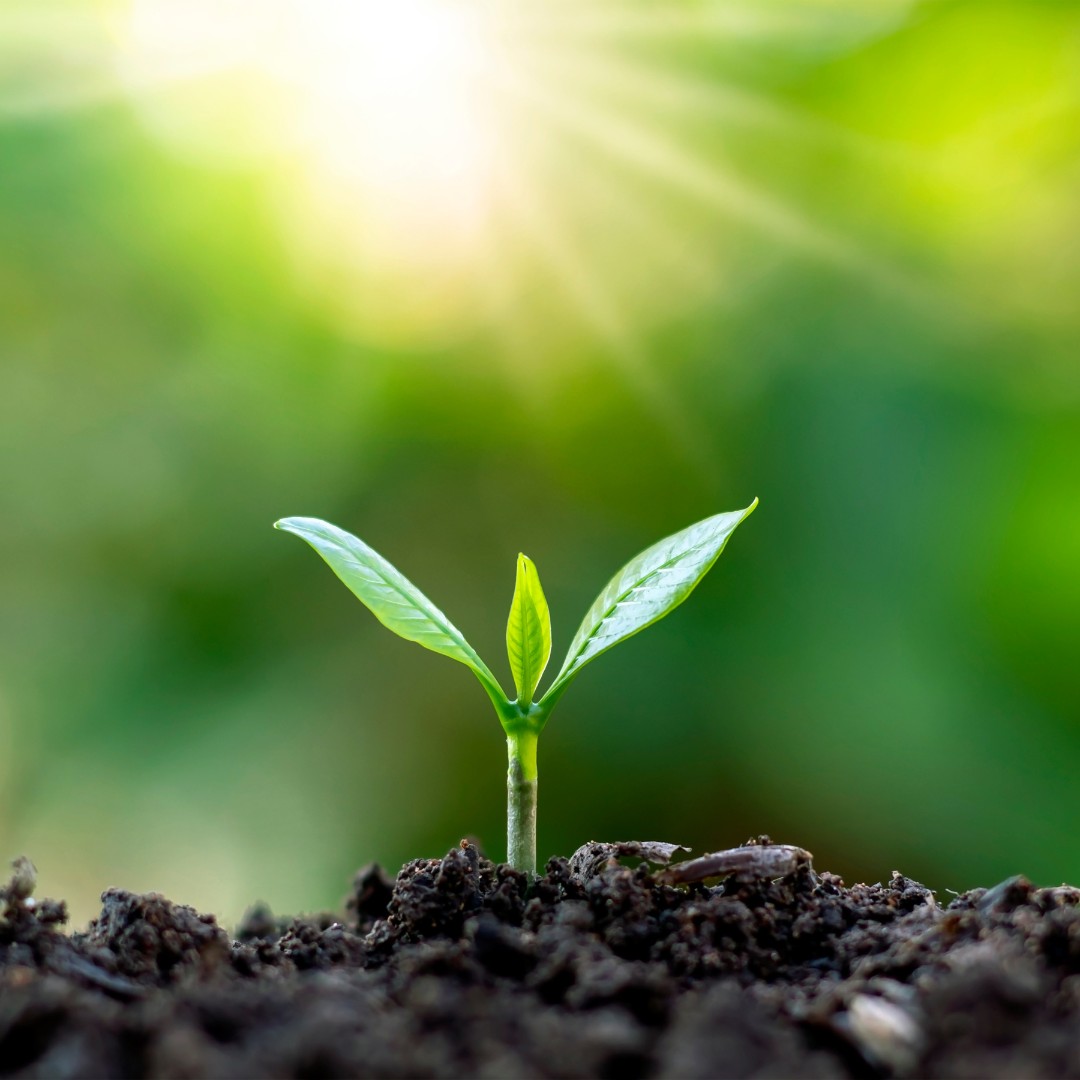
When are you most fertile? The truth is, the answer isn’t in an app—it’s in your body. And if no one has ever taught you how to read those signals, that’s not your fault.
Most of us grew up hearing two things: “You can get pregnant any time,” and “Take birth control if you don’t want to.” That’s it. So when it comes time to try for a baby, we’re left guessing—or relying on period tracker apps that don’t always get it right.
The truth is your body gives you clear signs of fertility every single month. You just need to know what to look for. Your fertile window is the time in your cycle when you can get pregnant. It’s typically about six days long—the five days before ovulation plus the day of ovulation itself. After that, your chances drop dramatically until your next cycle. While many apps predict ovulation on Day 14, most women don’t ovulate like clockwork. Stress, illness, and lifestyle changes can all shift the timing. That’s why listening to your body—not just your app—is the most accurate method.
So what should you look for? The first sign is changes in cervical mucus. It might not be the most glamorous topic, but it’s one of the easiest and most reliable clues. Right after your period, things are usually dry or sticky. As you get closer to ovulation, your mucus becomes creamy, then turns clear, slippery, and stretchy—like raw egg whites. That’s your body rolling out the red carpet for sperm and it means you’re in your most fertile days.
Another sign is a shift in your basal body temperature. Your basal body temperature is your resting temperature, taken first thing in the morning before you even get out of bed. Before ovulation, it tends to be slightly lower. After ovulation, it rises by about half a degree and stays higher until your next period. Tracking this over time can confirm if and when ovulation is happening.
You can also use ovulation predictor kits, which measure a hormone called LH—luteinizing hormone—in your urine. A positive test means ovulation is coming, usually within 24 to 36 hours. Combine that information with your other signs and you’ll have a much clearer picture of your fertile window.
Why does all this matter? Because timing is everything when you’re trying to conceive. Sperm can live for up to five days, but your egg only survives for about 24 hours after ovulation. Missing that fertile window means waiting another month. When you know your signs, you can stop guessing—and start feeling confident about your timing.
If tracking these signs sounds overwhelming, don’t worry—it’s not as complicated as it seems. Start with one sign, like cervical mucus, and build from there. After a few cycles, you’ll start to recognize your body’s unique patterns. It becomes second nature, like checking the weather before heading outside.
Your body is always talking to you. When it comes to fertility, listening to its cues is the key to feeling empowered—not stressed—on your path to pregnancy.

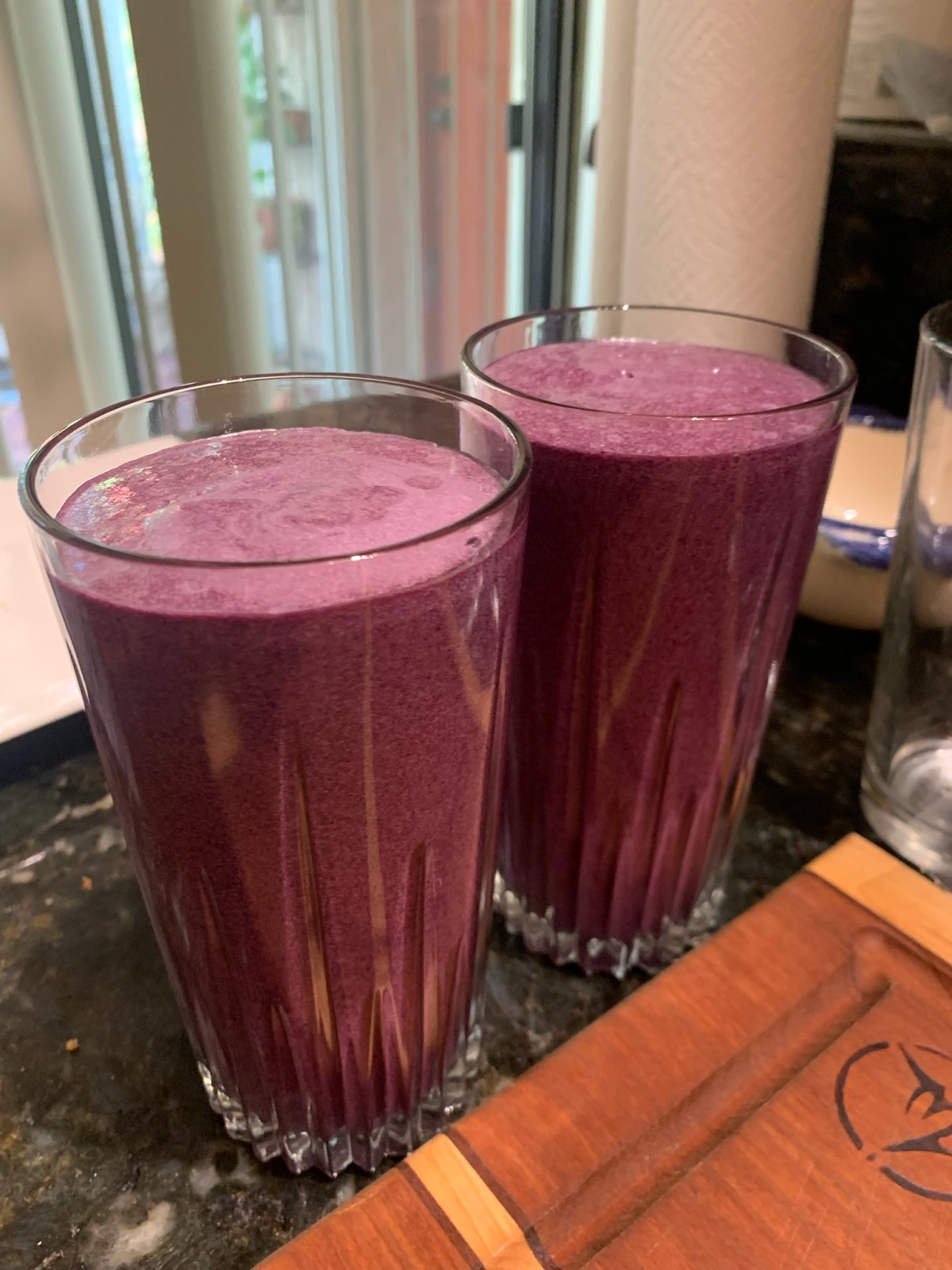


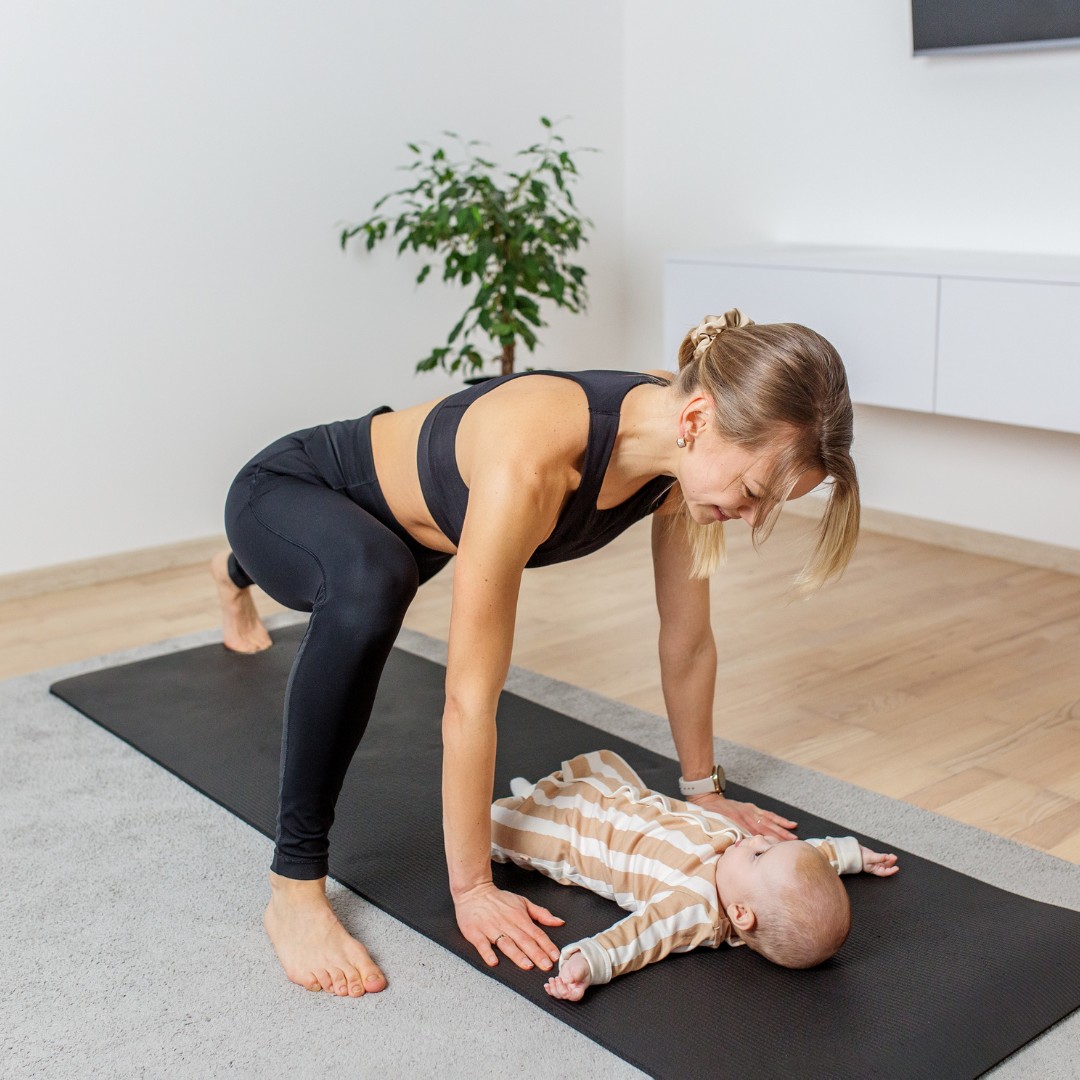

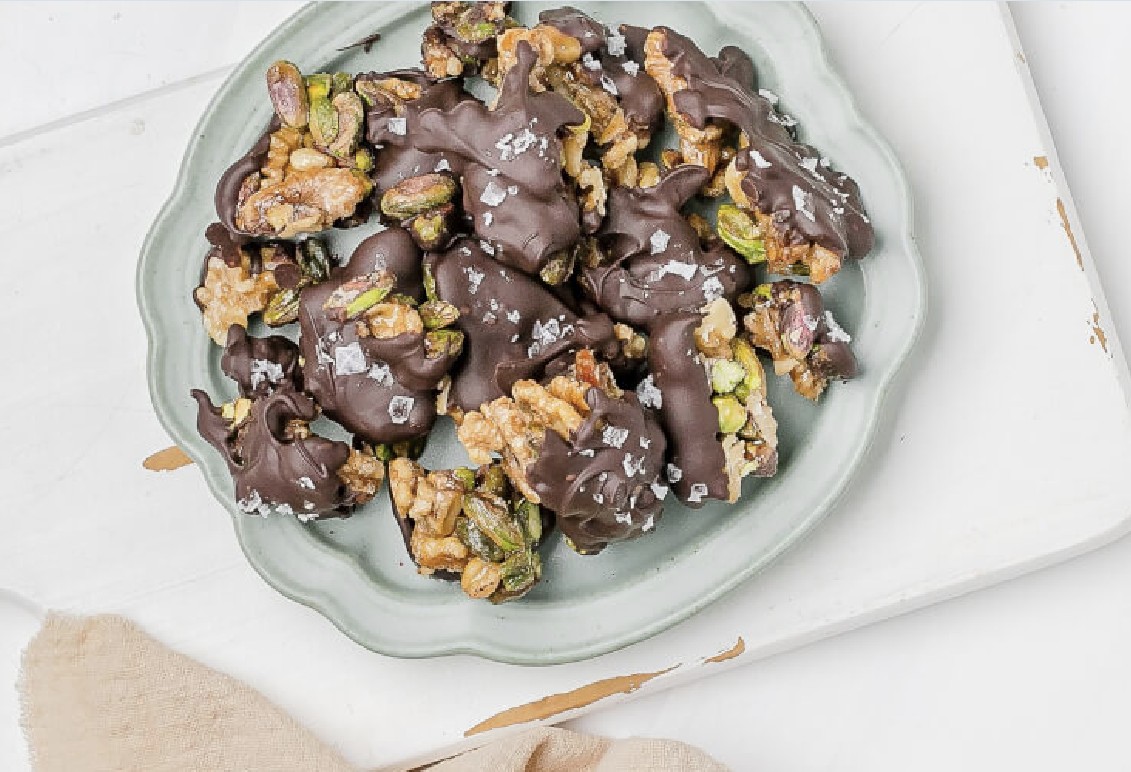

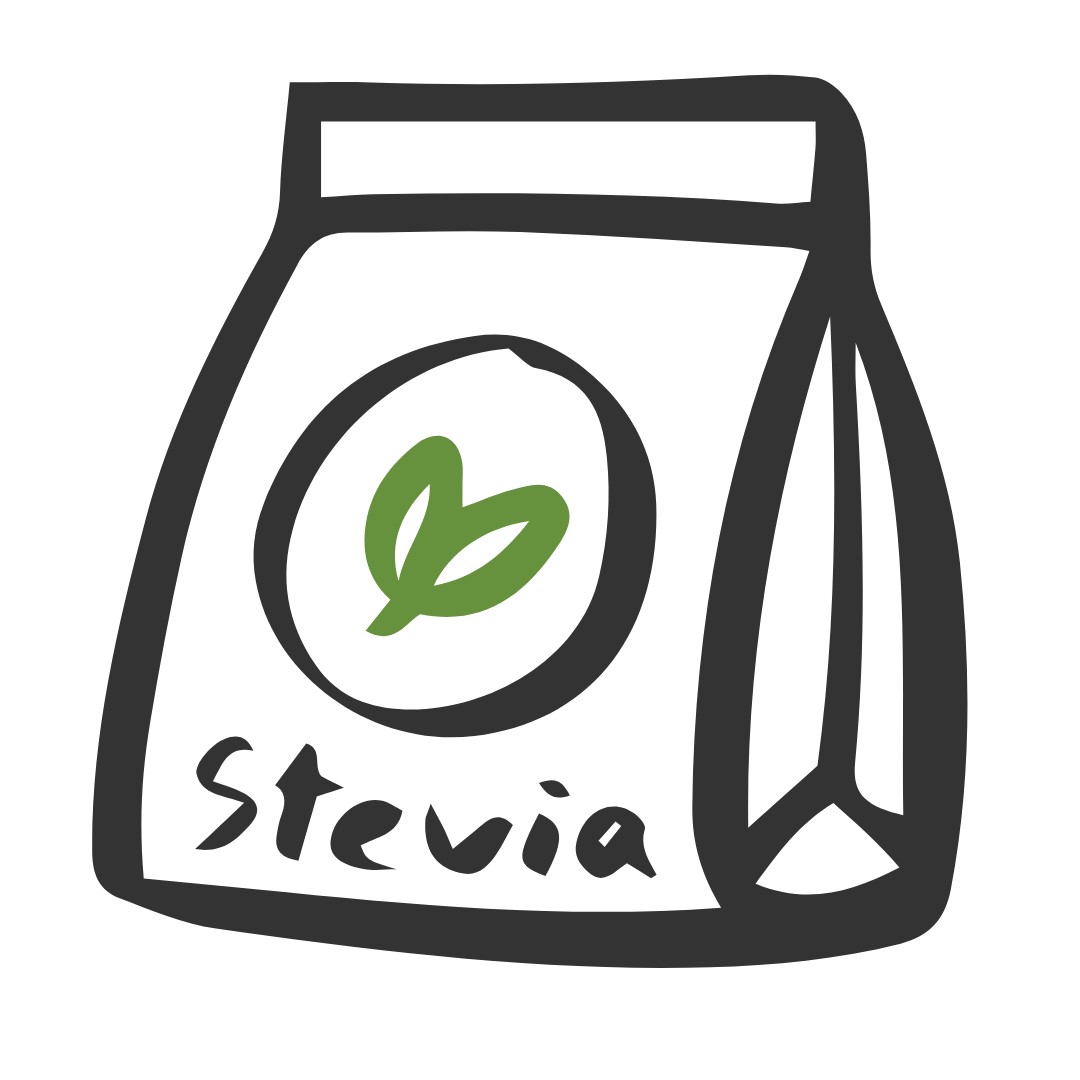


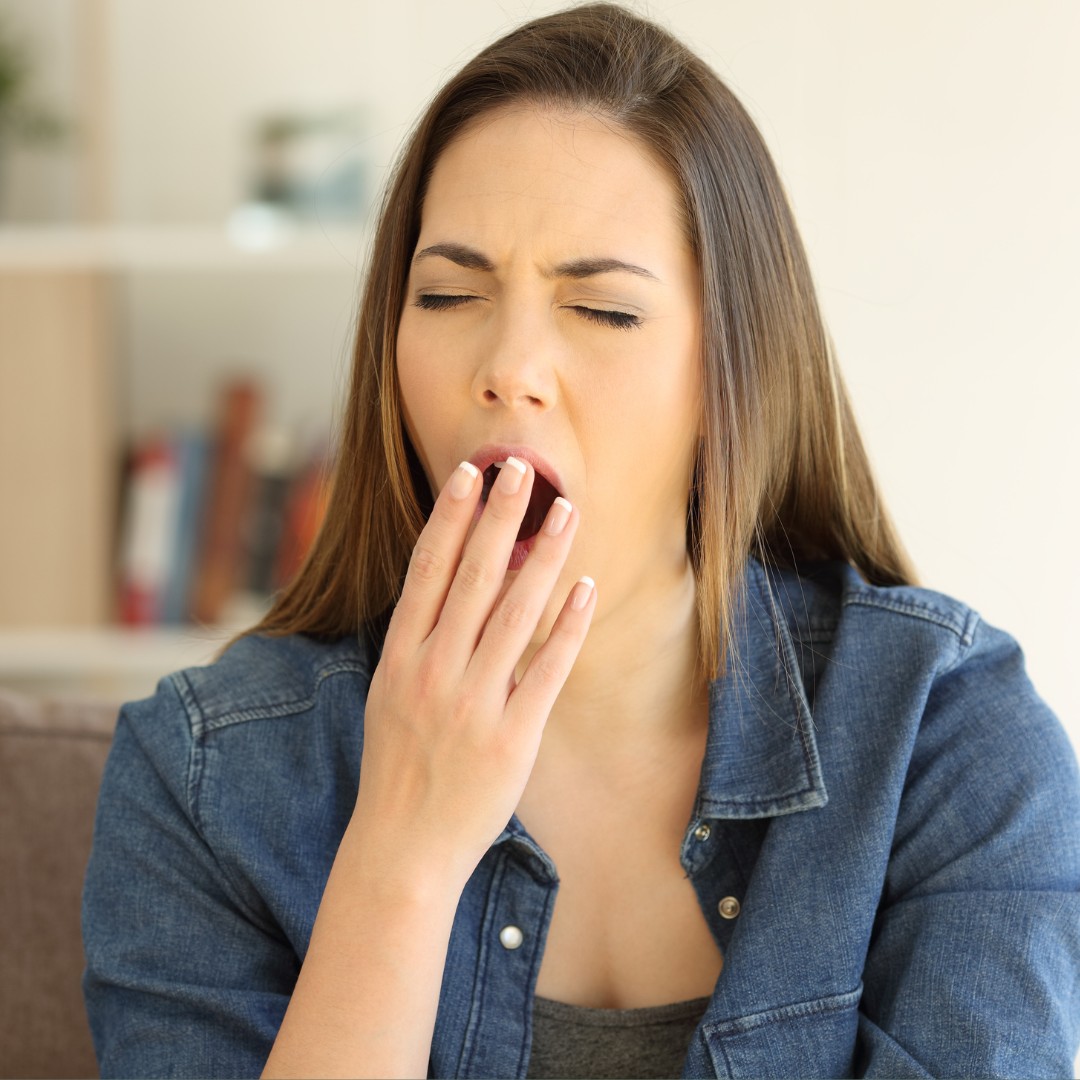

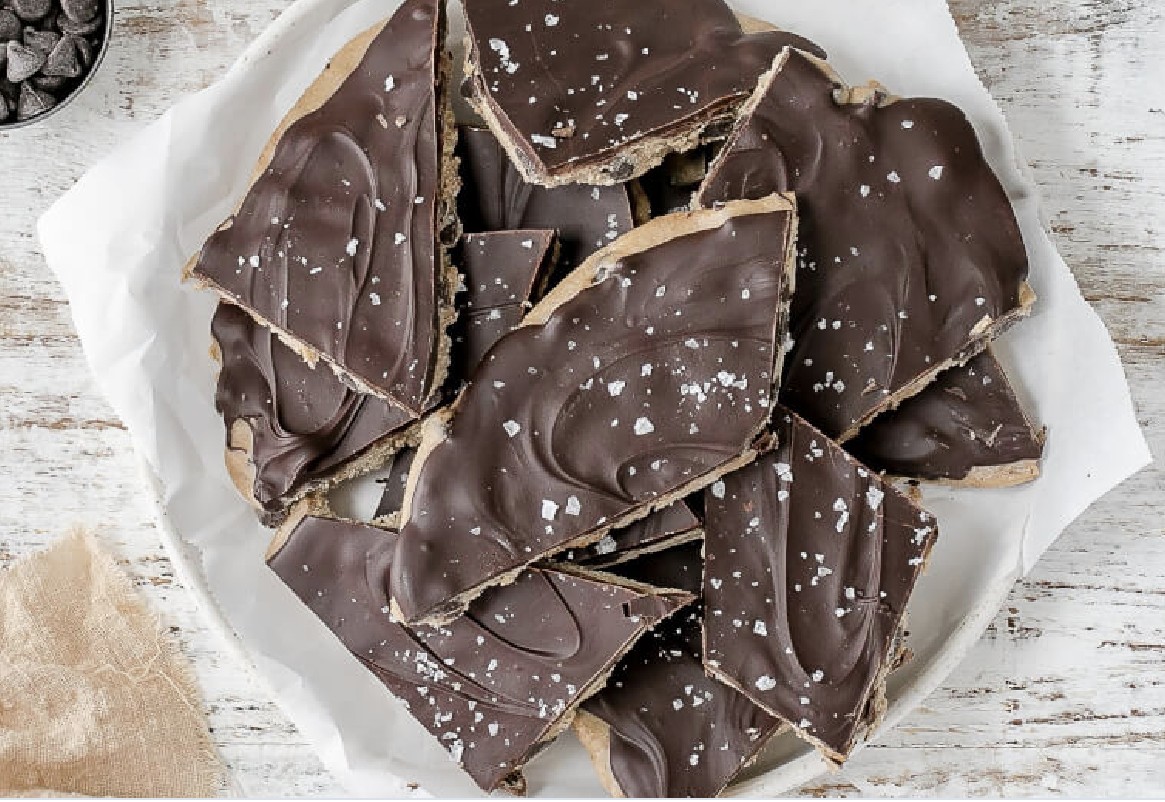
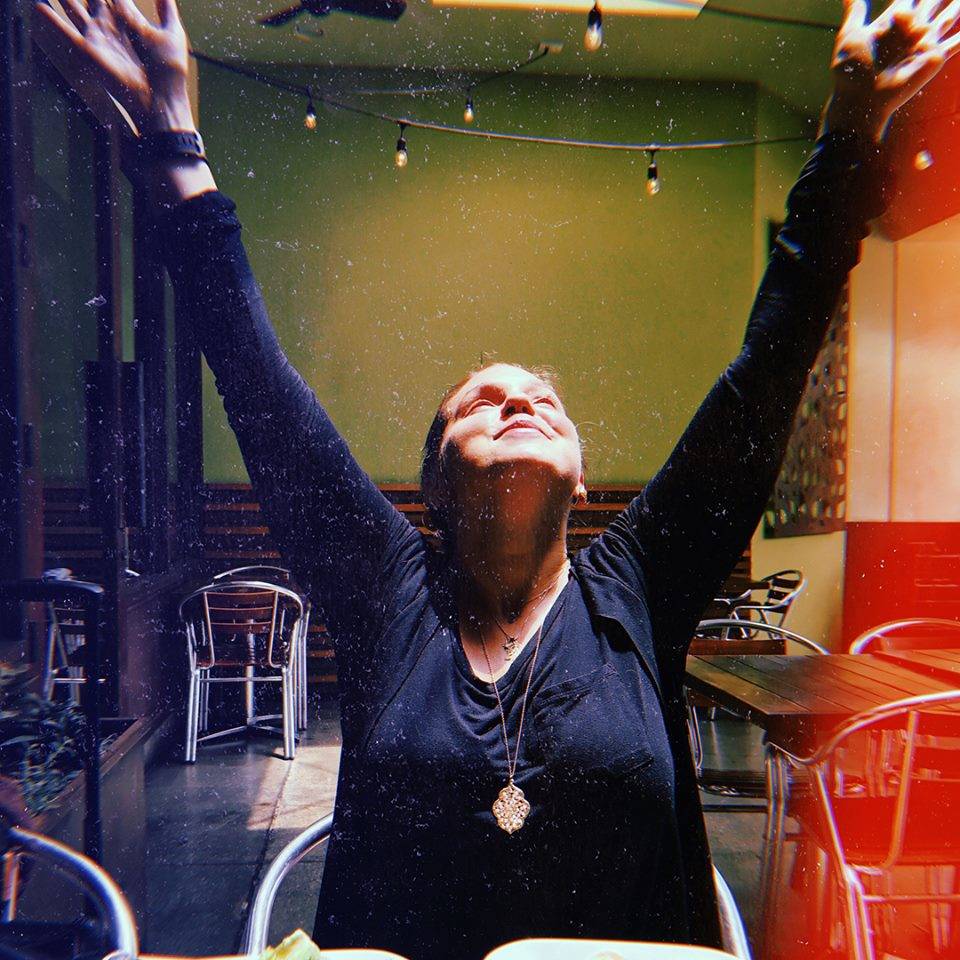


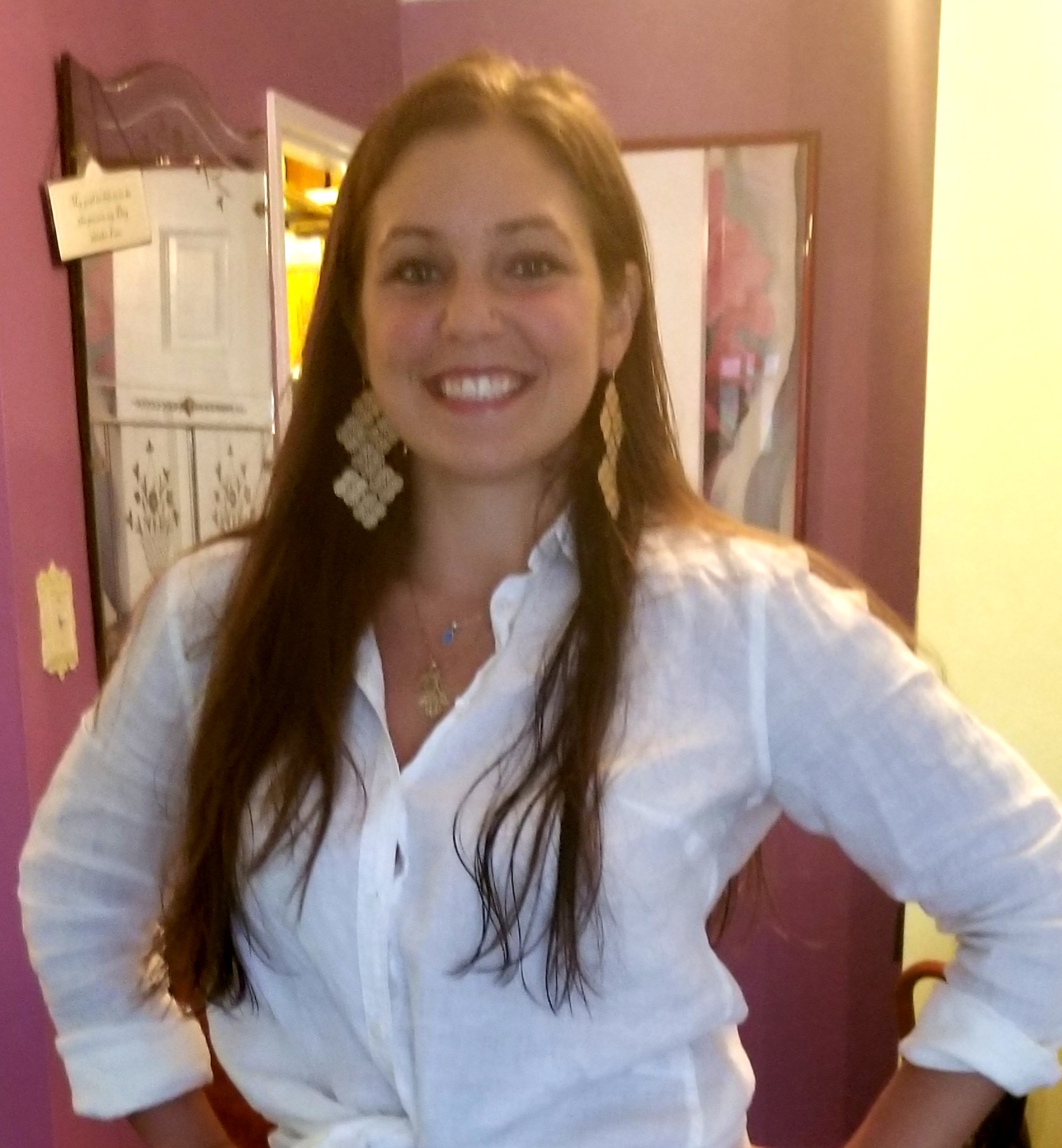
0 Comments